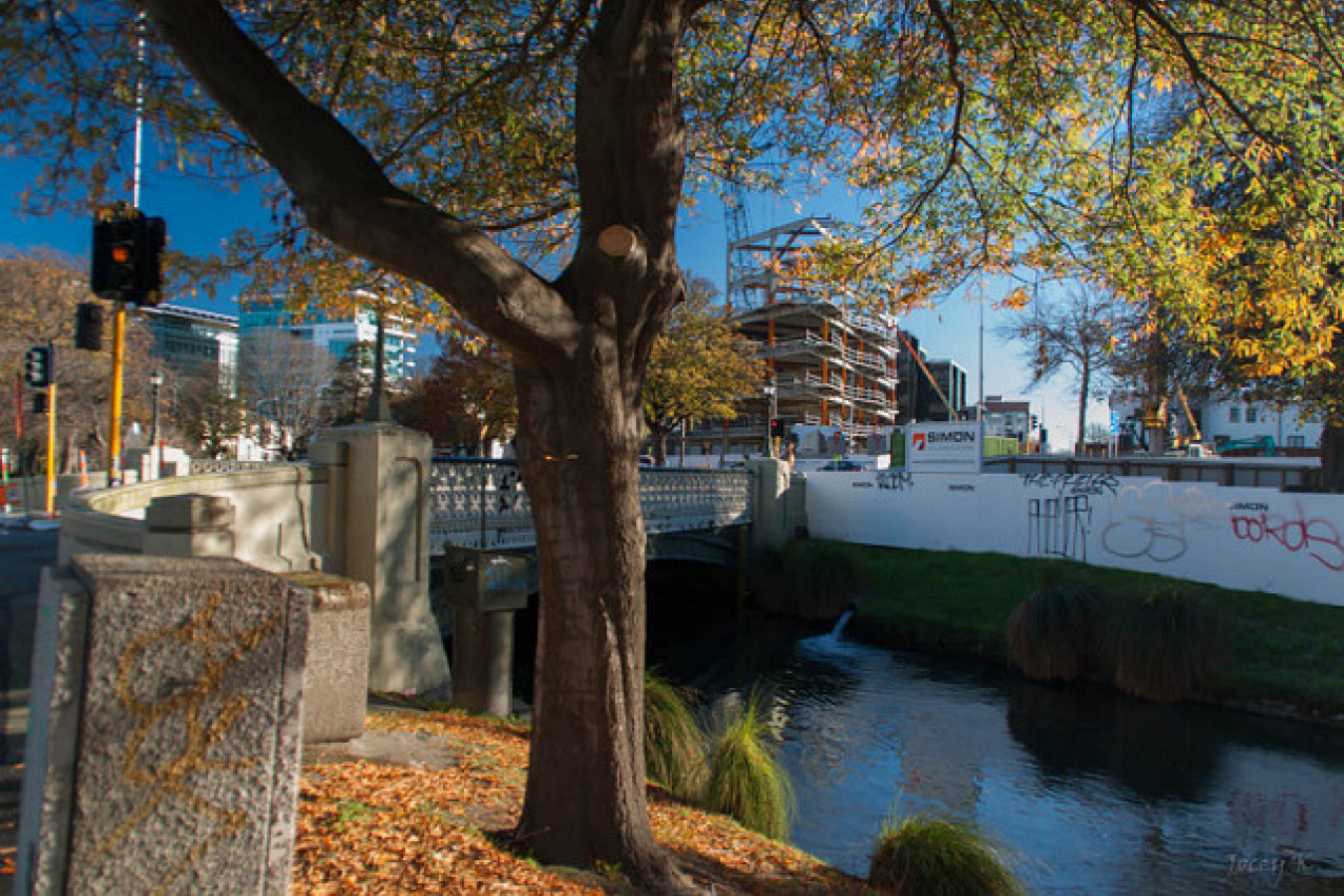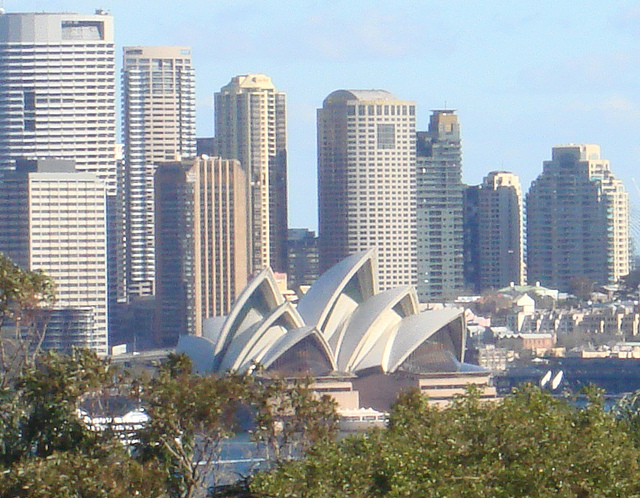 • Media Center » Video Immigration News
• Media Center » Video Immigration NewsDespite ongoing skills shortages in key industries, New Zealand has been forced to lower its target for the New Zealand Residence Programme for the coming year to 45,000 to 50,000 migrants, due to continuing inflation. The past year's target was 47,000 to 52,000.
 "With the economy strong and New Zealand competing in a global market for skilled migrants, our top priority at present is ensuring we get high quality migrants while not adding to inflationary pressures," said Immigration Minister David Cunliffe.
"With the economy strong and New Zealand competing in a global market for skilled migrants, our top priority at present is ensuring we get high quality migrants while not adding to inflationary pressures," said Immigration Minister David Cunliffe.
Reserve Bank Governor Alan Bollard blamed high immigration as one of the factors behind inflated housing prices.
Cunliffe said that temporary migration could help alleviate skills shortages and has asked the Labour Department to look into raising awareness of government policies on temporary migrant employment.
Temporary migrants can only be employed in areas where there are no available skilled New Zealanders.
"Improving the accessibility of temporary work policy would help to address skill shortages, but still support the government's effort in limiting inflationary pressure," said Cunliffe.
People wishing to immigrate to New Zealand must apply under one of the program's three residence streams: Skilled/Business, Family Sponsored, or International/Humanitarian.
The new forecast allocates 60% of migrant places to the Skilled and Business stream, 30% to the Family Sponsored stream, and 10% to the Humanitarian stream.
While continuing skills shortages exist, New Zealand has been experiencing increased immigration. It's relatively open border, low crime rate, and beautiful landscapes make it an increasingly more popular destination for migrants.




